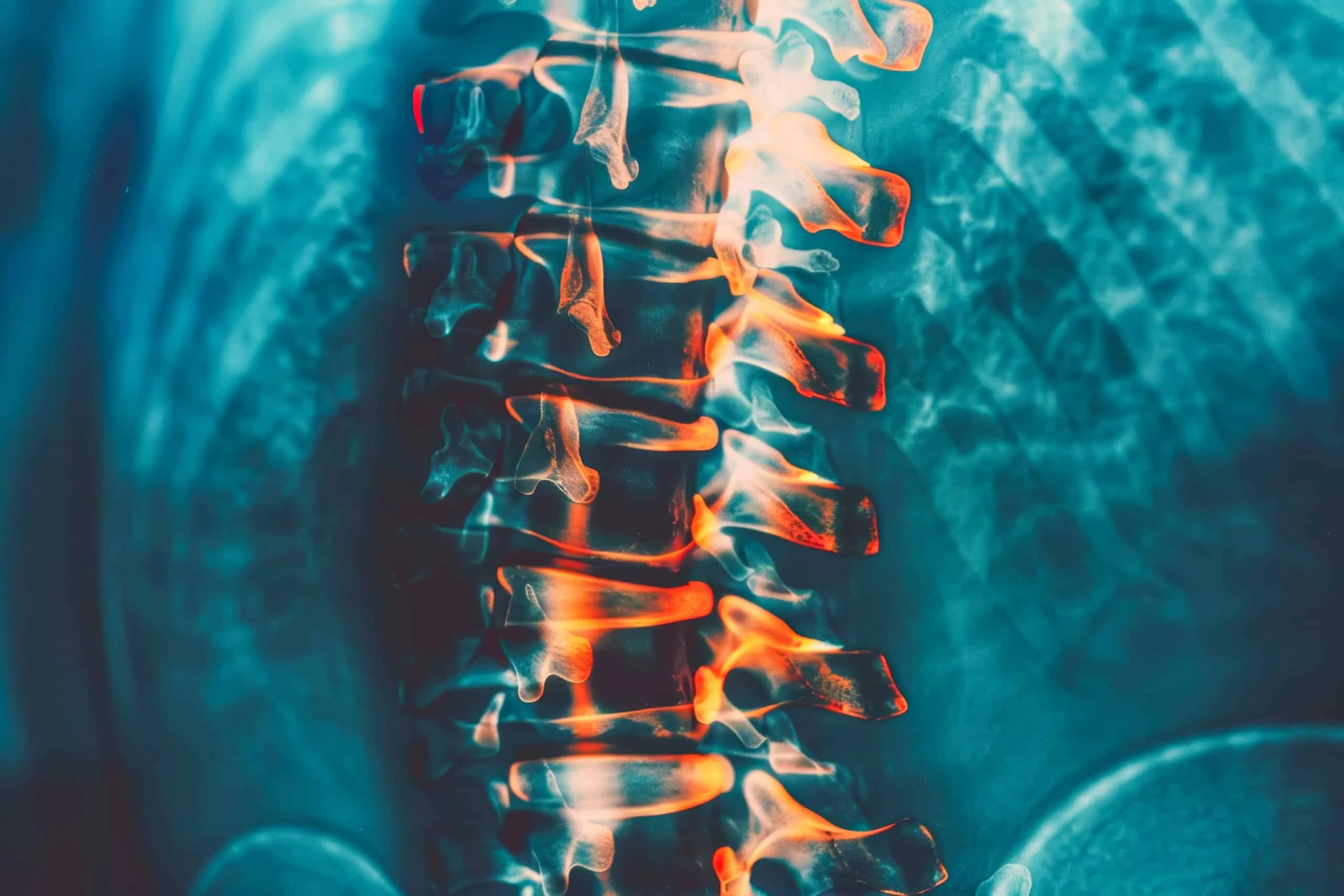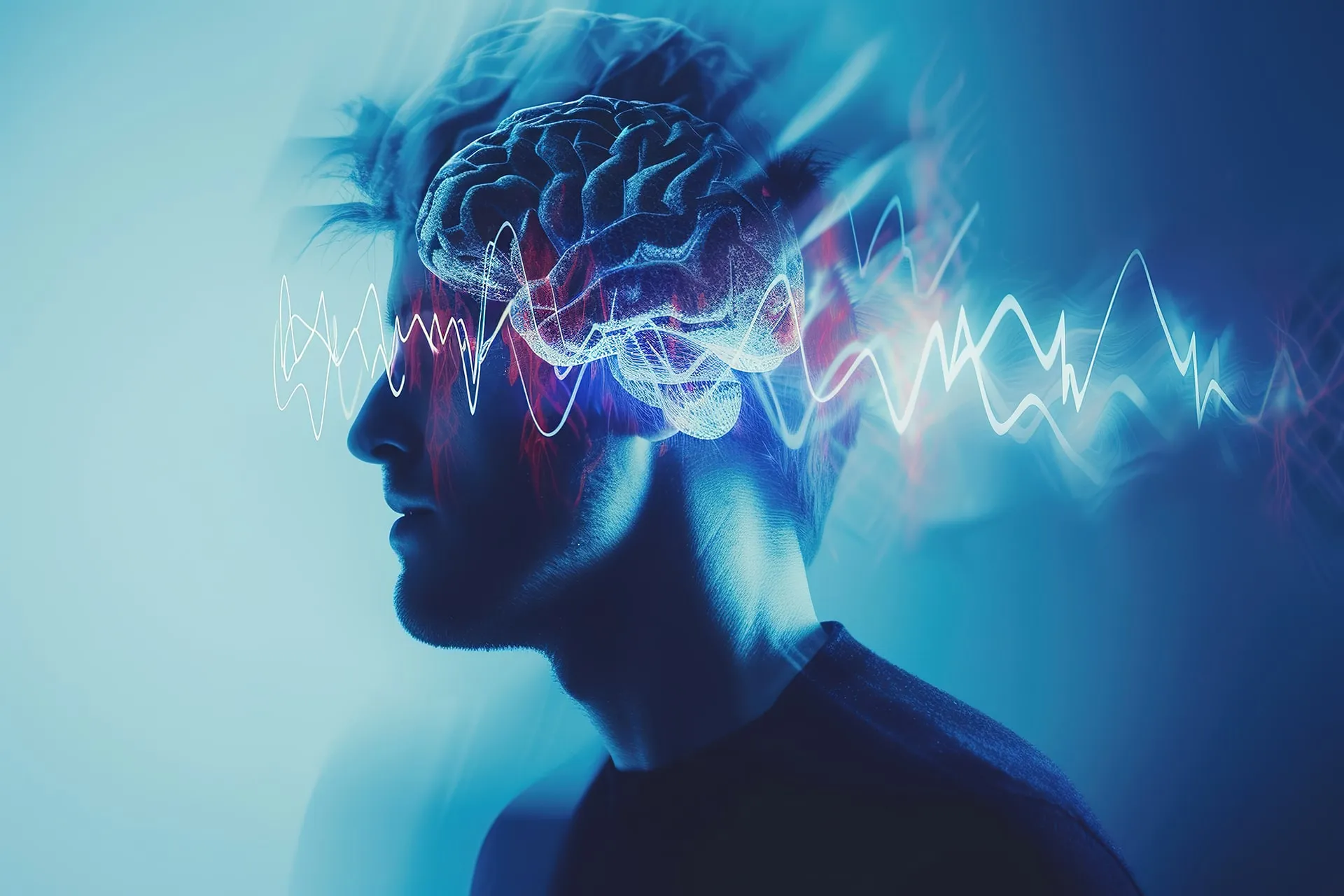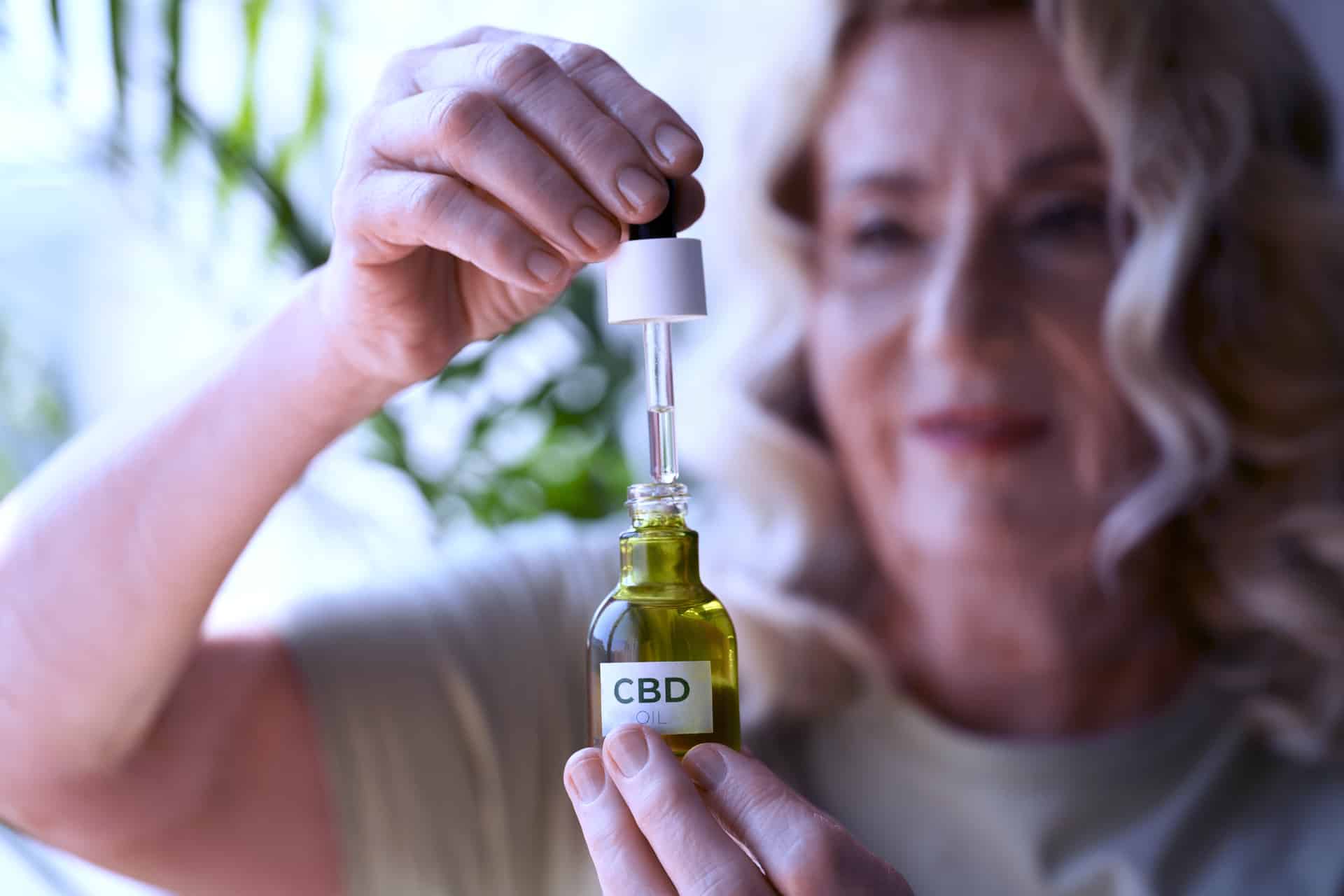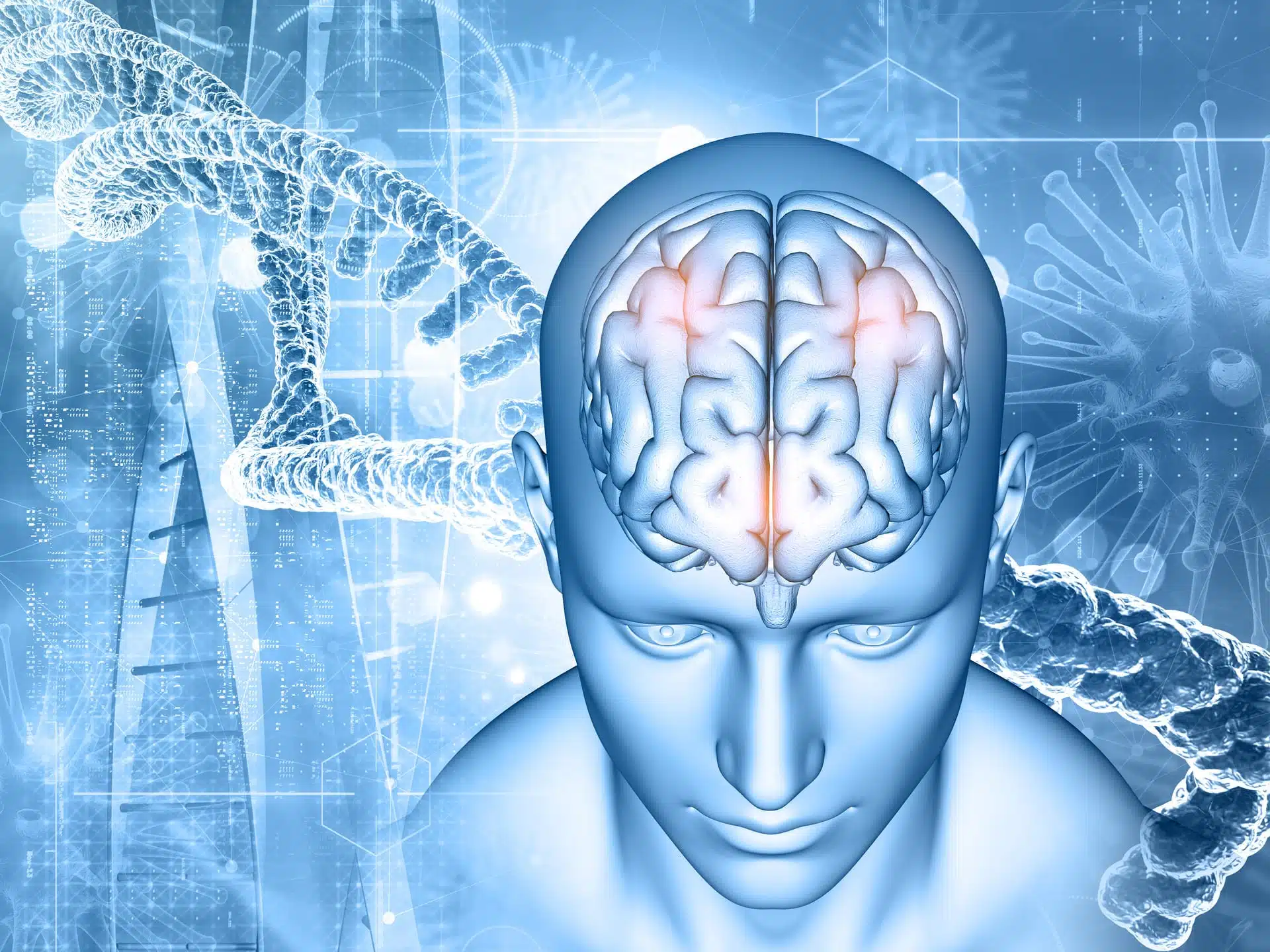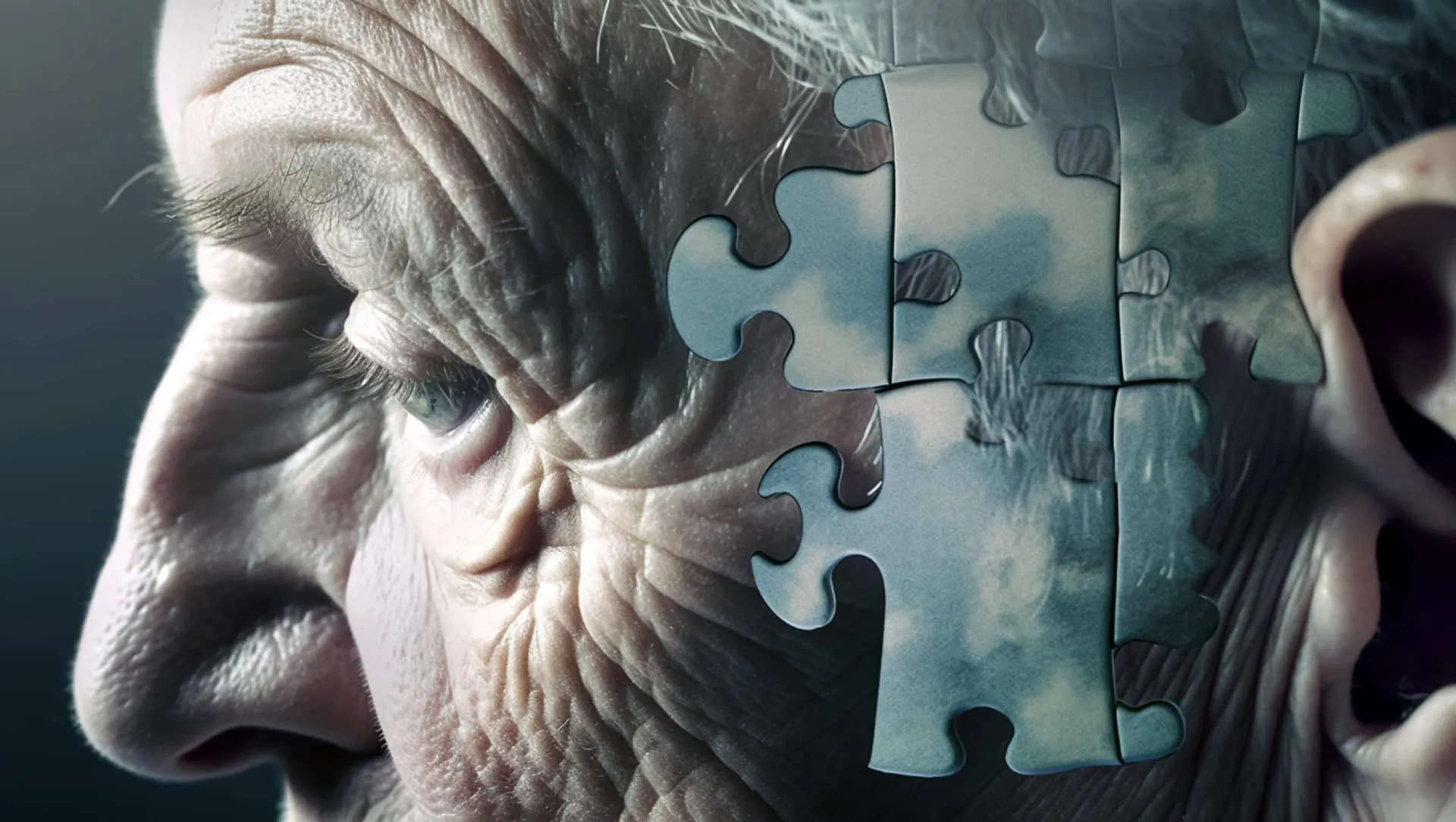Share
Post-herpetic Neuralgia (PHN) and Medical Cannabis

Post-herpetic Neuralgia (PHN) is a chronic neuropathic pain condition that can last for months or even years after an episode of shingles, also known as herpes zoster, it is one of the most common complication of shingles.
Shingles presents itself as painful skin rash with blisters in a localized area and it is caused by a reactivation of the varicella zoster virus in an individual who has experienced chickenpox as a child, after the pox clears the virus can remain dormant in nerve cells, namely the dorsal root ganglia or cranial nerves. Risk factors for shingles are a compromised immune-system and having had chickenpox before the 18 months of age, even though it can happen at any age it is more common in adults over 50.
Patients suffering from Post-Herpetic Neuralgia (PHN) may suffer from different types of pain, such as burning pain, lancinating pain (sensation of cutting or piercing); hyperalgesia (painful stimuli feeling more painful than expected); and allodynia (pain associated with a typically non-painful stimulus). This condition appears in approximately 10% of the patients with adult-onset shingles. Because PHN results from nerve damage in the peripheral and central nervous system’s somatosensory processing, it can be difficult to treat effectively.
Post-herpetic neuralgia causes considerable suffering and results in a health-care burden at both the individual and societal levels. Patients suffer from reduced quality of life, physical functioning, and psychological well-being.
Post-herpetic Neuralgia (PHN)
Pathophysiology
As previously mentioned postherpetic neuralgia (PHN) is a neuropathic pain syndrome caused by herpes zoster (HZ) a reactivation of the varicella zoster(VZ) virus, it exhibits a prodromal (early symptom) phase characterized by pain, pruritic sensations, and abnormal tactile perception often accompanied by an increased sensitivity to pain. Following the prodrome comes the characteristic development of a skin rash that progresses through stages: maculopapular (red bumps), vesicular (fluid-filled blisters), pustular (pustules filled with pus), and crusting, eventually leading to healing, which may occasionally involve scarring.
Reactivation of the VZ virus in the sensory neurons originates an inflammatory response that causes damage to both peripheral nervous system and central nervous system, with some studies pointing to extensive neurodegenerative changes in the axons of both small and large diameter sensory nerves, as well as in cell bodies within the dorsal root ganglion and in their projections within the dorsal horn of the spinal cord. Axonal demyelination and neuronal cell death resulting in fibrosis are also present.
The nerve damage in PHN also triggers neuroplastic changes, these include:
- Abnormal regeneration: Distal nerve terminals sprout abnormally, becoming hyperexcitable and discharging spontaneously
- Reduced inhibition: There’s a loss of inhibitory GABA-ergic interneurons in the spinal cord’s dorsal horn
- Increased excitability: Upregulation of voltage-gated sodium channels and TRPV1 receptors occurs
These changes are believed to contribute to peripheral and central sensitization, which is the underlying mechanism of chronic pain in PHN
Post-herpetic Neuralgia (PHN)
Cannabis and Cannabinoids Based Treatments
Just like similar forms of neuropathic pain, PHN rarely responds to traditional analgesics such as acetaminophen or non-steroidal anti-inflammatory drugs, for this reason several different medications have been recommended such as, anti-epileptic drugs (pregabalin, gabapentin), serotonin-norepinephrine reuptake inhibitors (duloxetine), and various tricyclic antidepressants. Therefore, the need exists to explore other treatment options with different modes of action and from different pharmacological classes.
The plant Cannabis sativa has been appreciated for its medicinal properties, and its medical use since ancient times and the discovery of the endocannabinoid system in the 1990’s brought about a renewed interest. Some key points about the mechanisms, receptors, and effects:
Cannabinoids: Cannabis sativa contains over 60 cannabinoids, with most effects mediated through cannabinoid receptors.
Receptors: Two main types of cannabinoid receptors have been identified: CB1 and CB2.
CB1 receptors are found widely in the nervous system and seem to inhibit neurotransmitter release.
CB2 receptors are mainly found on immune system cells.
Main Cannabinoids:
THC (delta-9-tetrahydrocannabinol) is psychoactive and responsible for most negative effects of cannabis use. It binds strongly to CB1 receptors, likely mediating its effects.
CBD (cannabidiol) is non-psychoactive and may counteract some negative effects of THC. It has low affinity for CB1 and CB2 receptors but can act as a negative modulator of CB1, reducing THC’s effects.
The endocannabinoid system is ubiquitous in the animal kingdom and has multiple functions that help keep the organism’s homeostasis. Found mostly in the central and peripheral nervous system it is involved in multiple physiological functions, such as anti-nociception (blocks pain receptors), cognition and memory, endocrine function, gastrointestinal function, inflammation and immune recognition. Studies suggest that cannabinoids might help with neuropathic pain in several ways, such as

- Increased Cannabinoid Receptors: Nerve injuries in animal models lead to an increase in cannabinoid receptors (CB-1 and CB-2) in the spinal cord and thalamus, areas involved in pain processing. This suggests the body’s own cannabinoid system might be trying to manage the pain.
- Reduced Pain Sensitivity: Studies using synthetic cannabinoid agonists showed a reduction in pain sensitivity (allodynia and hyperalgesia) in various rat models of neuropathic pain. This implies activating cannabinoid receptors might directly suppress pain signals.
- Effectiveness Across Pain Types: These cannabinoid agonists were effective in neuropathic pain caused by nerve injury, diabetes, chemotherapy drugs (paclitaxel, vincristine, cisplatin). This suggests cannabinoids might have broad applicability for different neuropathic pain conditions.
- Potential for Combination Therapy: Some studies point to a possible synergistic effect between THC, CBD, and other cannabis extracts. This raises the possibility of combining cannabinoids for potentially better pain management.
Studies investigating THC and THC/CBD combinations show a significant reduction in NP intensity compared to baseline. Patients receiving THC/CBD were more likely to achieve a 30% or 50% reduction in pain compared to placebo, while those receiving THC alone were nearly twice as likely to achieve a 30% pain reduction. Dronabinol, a synthetic THC, also showed promise in one study, with a significant decrease in pain and improved quality of life. However, CBD, CBDV, and CT-3 require further investigation as they did not show a statistically significant impact on pain reduction in available studies.
Despite limitations in some studies, reviews suggest cannabis-based medications offer moderate pain relief, improved sleep quality, and are generally well-tolerated with mild side effects. These findings suggest cannabis may be a reasonable treatment option for chronic NP, particularly when other therapies fail. Additionally, cannabis might provide relief for symptoms like nausea, anxiety, and appetite loss, which often accompany NP.
While more research is needed, current evidence indicates cannabis holds promise for managing chronic NP and PHN, offering potential benefits beyond pain reduction alone.
Studies on Cannabis for Neuropathic Pain
| Reference (Year) | Country | Study Design | Total Participants | Interventions (per group) | Delivery | Tx Duration |
|---|---|---|---|---|---|---|
| Abrams et al. (2007) | USA | DBRPCT Parallel | 55 | THC 3.56% cigarettes (27), Placebo cigarettes (28) | Smoked | 5 days |
| Almog et al. (2020) | Israel | Crossover DBRPC | 27 | Δ9-THC 0.5mg inhalation (X), 1mg inhalation (X), Placebo inhalation | Inhaler | 3 x 150 min sessions (2d washout) |
| Berman et al. (2004) | England | DBRPCT Crossover | 48 | Sativex spray (X), THC 2.7mg spray, Placebo spray | Spray | 14 days |
| Eibach et al. (2020) | Germany | RDBPCT Crossover | 32 | CBDV 400mg/day oral (X), Placebo oil | Oil | 4 weeks (3w washout) |
| Ellis et al. (2009) | USA | DBRPCT Crossover | 34 | THC 1-8% cigarettes (X), Placebo cigarettes | Smoked | 5 days (2w washout) |
| Karst et al. (2003) | Germany | Crossover | 21 | CT-3 10mg capsules (X), Placebo capsules | Oral capsules | 1 week (1w washout) |
| Nurmikko et al. (2007) | UK & Belgium | DBRPCT Parallel | 125 | Sativex spray (X), Placebo spray | Spray | 5 weeks |
| Selvarajah et al. (2010) | United Kingdom | DBRPCT Parallel | 29 | Sativex spray (X), Placebo spray | Spray | 10 weeks |
| Serpell et al. (2013) | UK, Czech Republic | DBRPCT Parallel | 246 | Sativex spray (X), Placebo spray | Spray | 14 weeks |
| Svendsen et al. (2004) | Denmark | RDBPCT Crossover | 24 | Dronabinol 2.5mg capsules (X), Placebo capsules | Oral capsules | 18-21 days (21d washout) |
| Wade et al. (2002) | United Kingdom | DBRPC Crossover | 20 | THC/CBD 2.5mg spray (X), THC 2.5mg spray, CBD 2.5mg spray, Placebo spray | Spray | 2 weeks |
| Wallace et al. (2015) | USA | DBRPC Crossover | 16 | THC 7% vaporized cannabis (X), THC 4% vaporized, THC 1% vaporized, Placebo vaporized | Vaporized | 4 x 4 hours (2w washout) |
| Ware et al. (2010) | USA | RDBPCT Crossover | 23 | THC 2.5%, 6.0%, 9.4 | ||
References
Johnson, R.W. and Rice, A.S.C. (2014) ‘Postherpetic neuralgia,’ New England Journal of Medicine/the New England Journal of Medicine, 371(16), pp. 1526–1533. https://doi.org/10.1056/nejmcp1403062.
Nalamachu, S. and Morley-Forster, P. (2012) ‘Diagnosing and managing postherpetic neuralgia,’ Drugs & Aging, 29(11), pp. 863–869. https://doi.org/10.1007/s40266-012-0014-3.
Dworkin, R.H. and Schmader, K.E. (2003) ‘Treatment and prevention of postherpetic neuralgia,’ Clinical Infectious Diseases/Clinical Infectious Diseases (Online. University of Chicago. Press), 36(7), pp. 877–882. https://doi.org/10.1086/368196.
Hadley, G.R. et al. (2016) ‘Post-herpetic Neuralgia: a Review,’ Current Pain and Headache Reports, 20(3). https://doi.org/10.1007/s11916-016-0548-x.
Snedecor, S.J. et al. (2014) ‘Systematic review and meta-analysis of pharmacological therapies for pain associated with postherpetic neuralgia and less common neuropathic conditions,’ International Journal of Clinical Practice, 68(7), pp. 900–918. https://doi.org/10.1111/ijcp.12411.
Money, S., Gharib, M. and Aiyer, R. (2020) ‘Post herpetic neuralgia: recent advancements,’ Current Emergency and Hospital Medicine Reports, 8(2), pp. 45–49. https://doi.org/10.1007/s40138-020-00212-7.
Elikottil, J., Gupta, P. and Gupta, K. (2009) The analgesic potential of cannabinoids. https://www.ncbi.nlm.nih.gov/pmc/articles/PMC3728280/.
Zubcevic, K. et al. (2023) ‘Oral capsules of tetra‐hydro‐cannabinol (THC), cannabidiol (CBD) and their combination in peripheral neuropathic pain treatment,’ European Journal of Pain, 27(4), pp. 492–506. https://doi.org/10.1002/ejp.2072.
Bennici, A. et al. (2021) ‘Safety of medical cannabis in neuropathic chronic pain management,’ Molecules/Molecules Online/Molecules Annual, 26(20), p. 6257. https://doi.org/10.3390/molecules26206257.
Petzke, F. et al. (2021) ‘Cannabis-Based Medicines and medical cannabis for chronic neuropathic pain,’ CNS Drugs, 36(1), pp. 31–44. https://doi.org/10.1007/s40263-021-00879-w.
Strand, N. et al. (2023) ‘Medical Cannabis: A Review from the American Society of Pain and Neuroscience,’ Journal of Pain Research, Volume 16, pp. 4217–4228. https://doi.org/10.2147/jpr.s425862.
Money, S., Gharib, M. and Aiyer, R. (2020b) ‘Post herpetic neuralgia: recent advancements,’ Current Emergency and Hospital Medicine Reports, 8(2), pp. 45–49. https://doi.org/10.1007/s40138-020-00212-7.
Sainsbury, B. et al. (2021) ‘Efficacy of cannabis-based medications compared to placebo for the treatment of chronic neuropathic pain: a systematic review with meta-analysis,’ Journal of Dental Anesthesia and Pain Medicine, 21(6), p. 479. https://doi.org/10.17245/jdapm.2021.21.6.479.
Snedecor, S.J. et al. (2014b) ‘Systematic review and meta-analysis of pharmacological therapies for pain associated with postherpetic neuralgia and less common neuropathic conditions,’ International Journal of Clinical Practice, 68(7), pp. 900–918. https://doi.org/10.1111/ijcp.12411.






